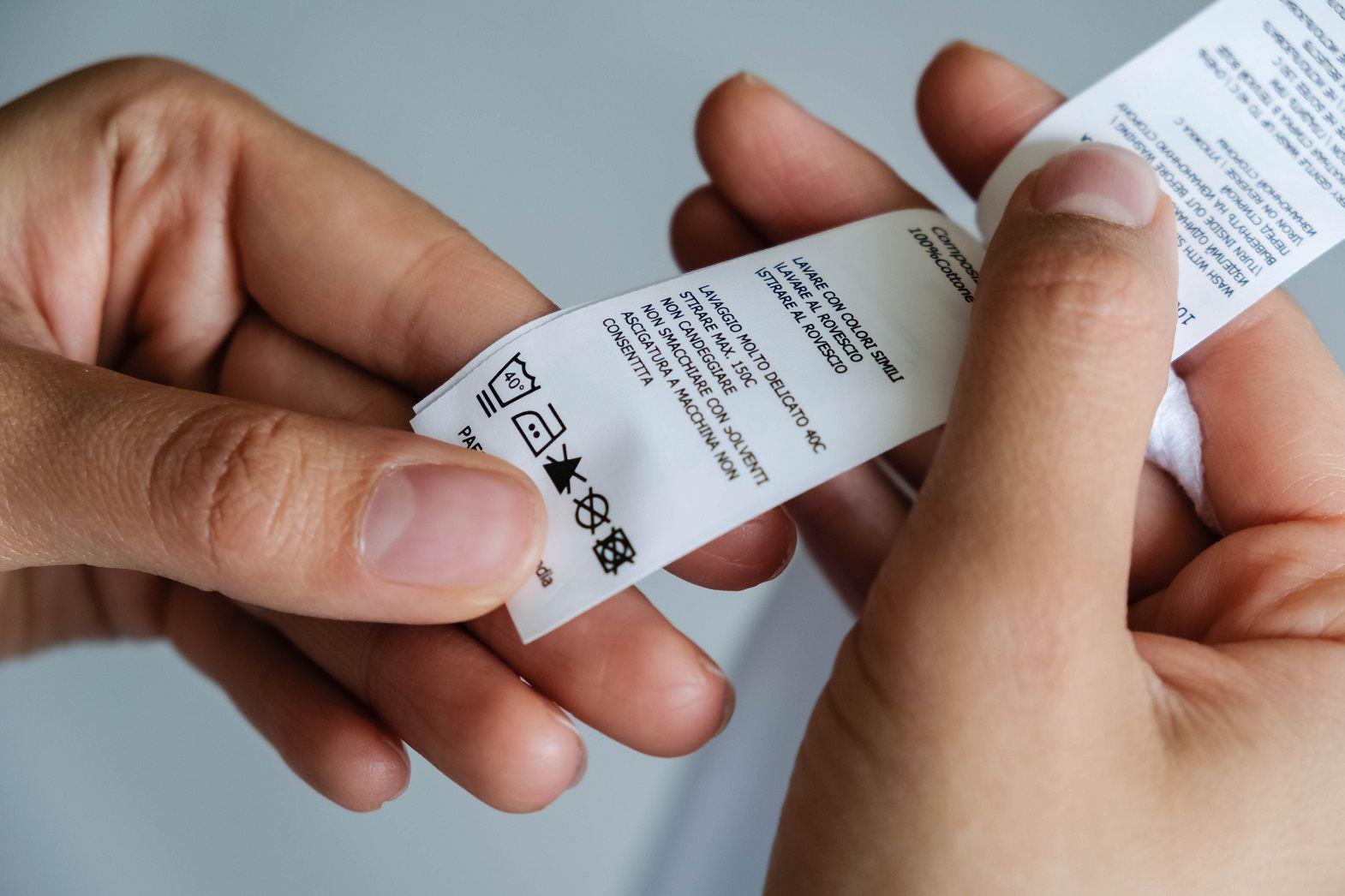Introduction to labels
A label is a piece of paper, card or any metal that is attached to product. This is a type of tag that is used to give certain information to the consumer. Clothing labels are attached to the material with the help of some sort of adhesive, or can be printed, woven or embroidered with cotton or polyester threads on the edge of textile material. Some labels are permanent which remain longer like printing of text on the selvedge of material while some are temporary that are removed after first washing. Labels are the major source to communicate with the end consumer. They give the general information regarding care instructions, fiber content, name and address of the company or-brand to the consumer. They help to attain satisfaction contentment in the minds of purchasers. Label is also considered as a tangible and visible form of reminder for the consumer.
The information required on clothing labels is governed under two separate laws established by the Federal Trade Commission (FTC). The Textile and Wool Acts require that labels contain three pieces of information pertaining to the garment: fiber content, country of origin, and manufacturer,importer or dealer. The Care Labeling Rule requires that care instructions for the garment also be revealed.
The labels are attached at different locations on the garments.Most commonly they are attached at the back of the neck, under the side seam,near the cuff area, or written over the selvedge of the fabric or printed onto the packaging of the product.
The author of the article is a Lecturer with the Department of Home Economics, in Lahore College for Women University, Lahore, Pakistan.







Comments